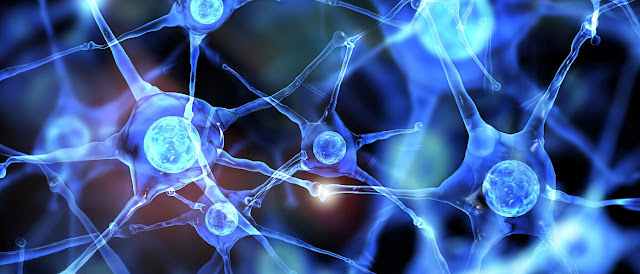Everything You Need To Know About Brain Stroke
A stroke occurs when the blood supply to the brain is blocked, preventing the brain tissue from getting oxygen, glucose, and nutrients. In just a few minutes, the starved brain cells begin to die. A stroke is a medical emergency and prompt treatment is crucial.
Key symptoms for early detection
A person having a brain stroke may experience confusion, slurring of speech, suddenly have blurred or blackened vision in one or both the eyes, severe headache, trouble walking or loss of coordination and paralysis or numbness of the face, arms, and legs. The proper blood flow must be restored to the brain as soon as possible otherwise devastating damages may occur resulting in physical, cognitive and mental disabilities.
Treatments
Emergency brain stroke treatment depends on the type of stroke- whether ischemic stroke or hemorrhagic stroke. Ischemic stroke is treated by removing obstruction and restoring blood flow to the brain. This is done through emergency IV medication, medications directly delivered to the brain through a thin tube or attaching a catheter to directly remove the clot from the blocked blood vessel in the brain. Preventive surgical procedures include Carotid Endarterectomy Surgery and Carotid Angioplasty and Stenting.
Emergency treatment for hemorrhagic stroke focuses on controlling the bleeding and reducing the pressure in the brain caused by the excess fluid. If the area of bleeding is large, surgery may be performed. Drugs are also given as an emergency measure to lower the blood pressure, prevent spasms of the blood vessels and prevent seizures. Stereotactic radiosurgery is an advanced minimally invasive treatment used to repair blood vessel malformations using multiple beams of highly focused radiations.
Recovery and rehabilitation is an important aspect of Brain stroke treatment. Rehabilitation includes physical therapy, speech therapy, and occupational therapy. The extent of recovery in all stroke treatments is variable. With modern treatments for stroke reaching an advanced stage of development, with the right assistance, regaining a normal quality of life is possible.


Comments
Post a Comment